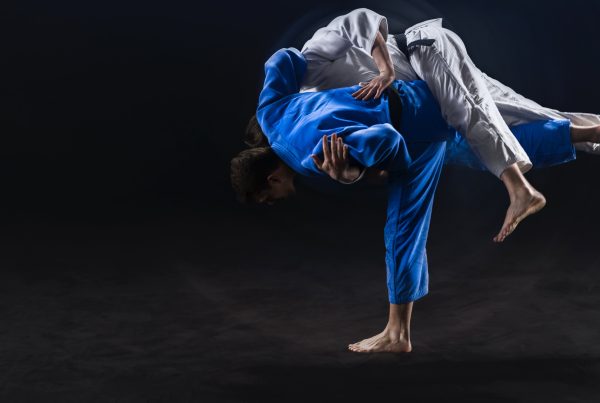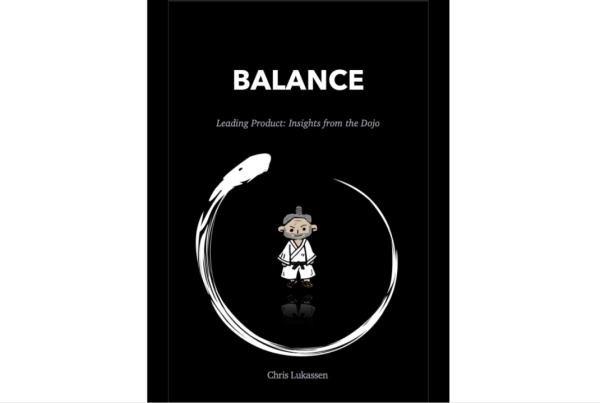Imagine someone with a serious performance issue. This can be any performance issue that you can think of, at work or elsewhere. You are well-inclined towards the person. This is a good person, they mean well, and you want to see them succeed. The person wants to do well and they work hard at it. But while you cannot fault their intent and work ethic, the results are clearly not there on some dimension that matters. You have tried to show and explain repeatedly, patiently, what isn’t working, but there is something the person just can’t see or accept.
Let’s take an example from the dojo, which is a great metaphor for this type of situation. You have a student, let’s say a young man. A lower belt, he is at the start of his apprenticeship. He is extremely strong and muscular – built like an ox, something that will matter in this example. In another context, this could be someone who mistakenly thinks they know more than their more experienced colleagues.
Judo is about using movement and leverage to gain an advantage over an opponent. It goes against the principles of judo to rely on brute strength to throw your opponent, even if you have plenty of strength to do this. To progress in the art, you must learn to use technique, which involves breaking the other person’s balance so that they can be thrown without effort, or with as little effort as is required. One of the two foundational principles of judo, after all, is Seiryoku Zenyo, the principle often referred to as “Maximum Efficiency with Minimum Effort”. If you don’t strive to apply this principle, you’re simply not doing judo.
The student in our example, who is strong enough to prevail against his sparring partners without having to apply himself on his technique, may have trouble understanding what his teachers are saying when they tell him to relax, to stop using his strength, and to focus on good technique. “What do they mean, good technique?”, he might think. “Am I not throwing everyone at will? Am I not clearly the best fighter in my cohort?”
This student is at risk of forming bad habits, habits that may prevent him from achieving his long-term goal of becoming a good judoka. In addition, his reliance on brute strength is creating issues with his training partners, who fear getting injured by his clumsy approach. For others around him, fighting with this student doesn’t embody the other foundational principle of judo: Jita Kyoei, mutual benefit. The fact that our student is happy with his performance does not make it good.
What is the teacher to do? In my experience, a student who doesn’t or won’t pay heed to explanations and exhortations must be made to feel the consequences of their misguided approach. The student must be given a lesson, one that will get through his inability to see what other approaches have failed at making him understand.
This lesson, of course, must be given with the proper intent, which is to help the student. The lesson must shake up but must not cause harm. It is not punishment. Damon Young explains it this way :
“In the same way, the teacher’s decisions to pull his punches, or to follow through with his severe takedowns, will be prefaced on sincere courtesy. That is, they will be expressions of a concern for the student’s martial arts education, rather than because of temper or personal gratification. This is sincerity—clarity and honesty of purpose.” (Priest and Young, 2014, p. 211)
Countering the student’s every attack and throwing him until he realizes how ineffective his approach is, in our example, is a judo-appropriate form of intervention. It offers a difficult lesson (difficult on the ego, mostly), but an important one. A teaching tool, it must be followed up with further efforts at showing, explaining, and supporting, so that the student doesn’t end up disheartened by the experience. That is where experience and judgement come into play, and a more seasoned teacher may succeed more readily at triggering in the student a renewed determination to improve. Failing to intervene, on the other hand, would show a lack of commitment towards the student’s development. A lack of sincerity, and perhaps also a lack of courage on the teacher’s part.
If you have a responsibility towards someone’s growth and development, how do you, in your own context, address performance issues with courage and sincerity?
References
Priest, G.; Young, (Eds.) Philosophy and the Martial Arts: Engagement. Routledge: NewYork, NY, 2014, 250 pages.



